At the talk the façade was stripped away. Those big name works weren’t at all that, they were created by the exhibiting artists who were each asked to make a piece by an artist they admired to show alongside their own work. The copies were labelled as by the imitated artist, but coming from the collection of the imitator. Fakes. Unoriginals.
I am really not sure how I feel about the show. One thing is for sure, that it has niggled me, and I have been back to see how I respond a second and a third time. On the one hand, I like the provocation against the critical value we infuse in a work based on the artists’ name. It is a poke at that sideways glance we all do – I can’t help myself no matter how hard I try not to look - to the label. And the change that occurs in the way we perceive the work once we’ve done so and we see a name we recognise. A name shouldn’t affect our response to an image, but through the context it provides it does. We infuse meaning in a name that others have valued through art purchases and promotion.
It is, though, a show for art insiders. Without recognising the homage or the names, it is just another mixed-media exhibition. I’m not sure how the artists and gallerists wanted the audience to respond. Did they want us to be in the know as we walked around or to accept the show at face value? The gallery assistant I spoke to was ambivalent but thought it important that I looked around first before I read the explanatory text. A number of reviews of the show took the labels and press notice earnestly, which seemed to have embarrassed the gallery’s director. To commit fraud the deceit has to be flawless and remain undetected. However, to be a provocation the viewer has to know that they are being provoked, and how and why. With a little prodding, I got there and while I didn't particularly like or covet the pieces, the show as a whole got me thinking.
Tomorrow it’s time for the future – Talente und Vorbider. Berlin – New York is at the Kunstraum Kreuzberg/Bethanien, Berlin, from 7 September to 20 October 2013.
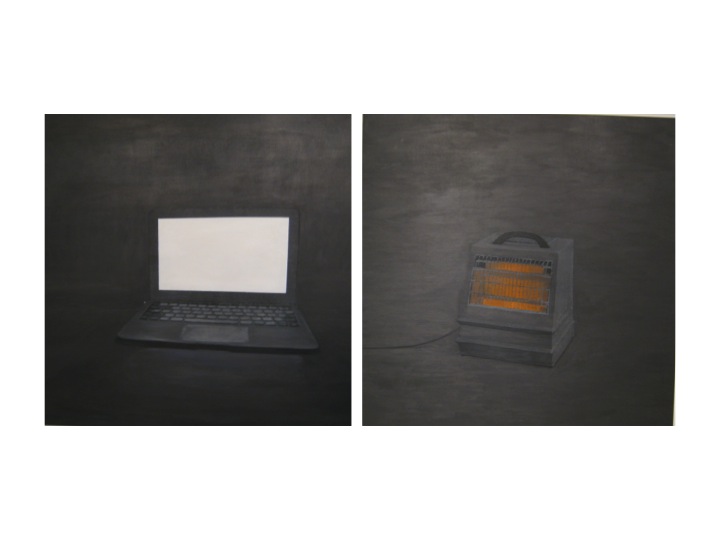
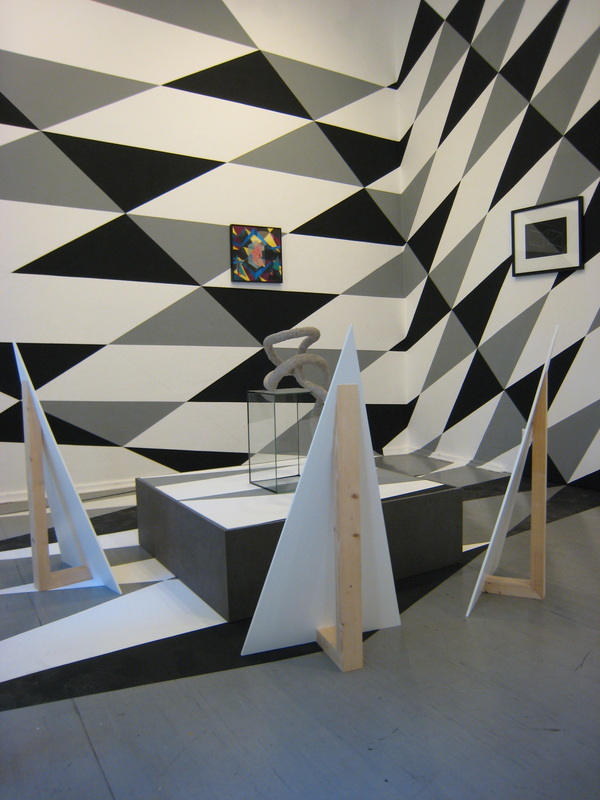
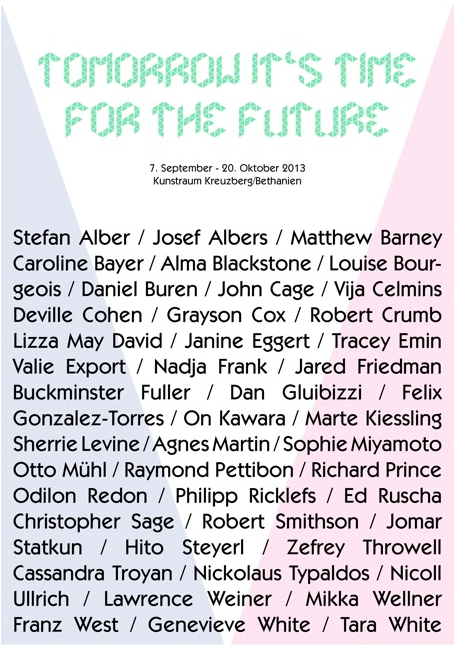
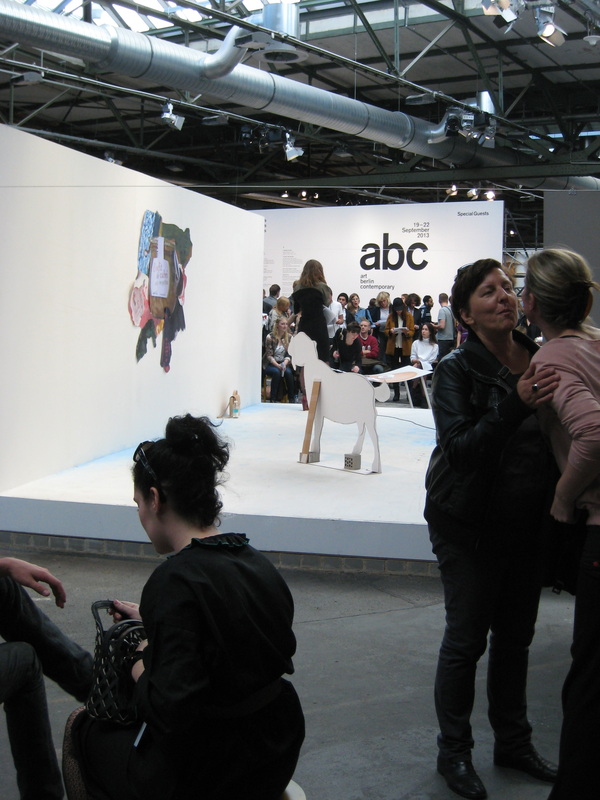
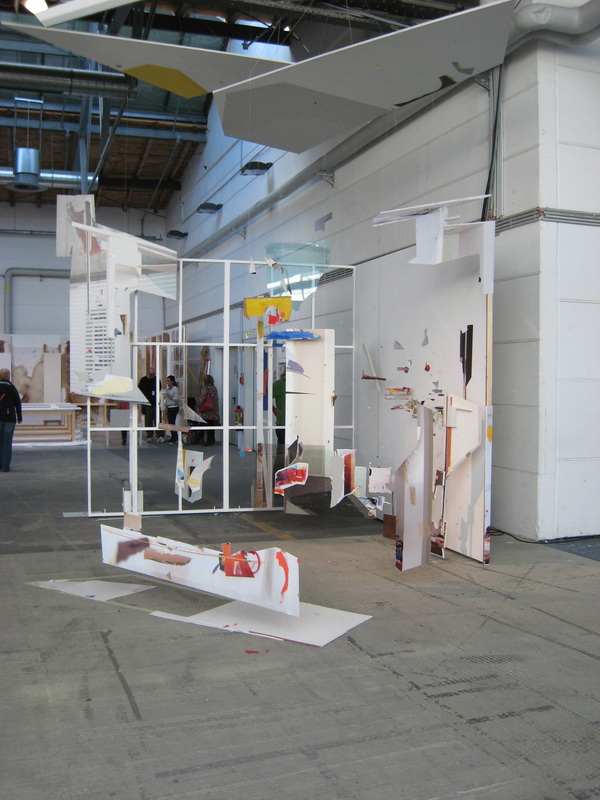
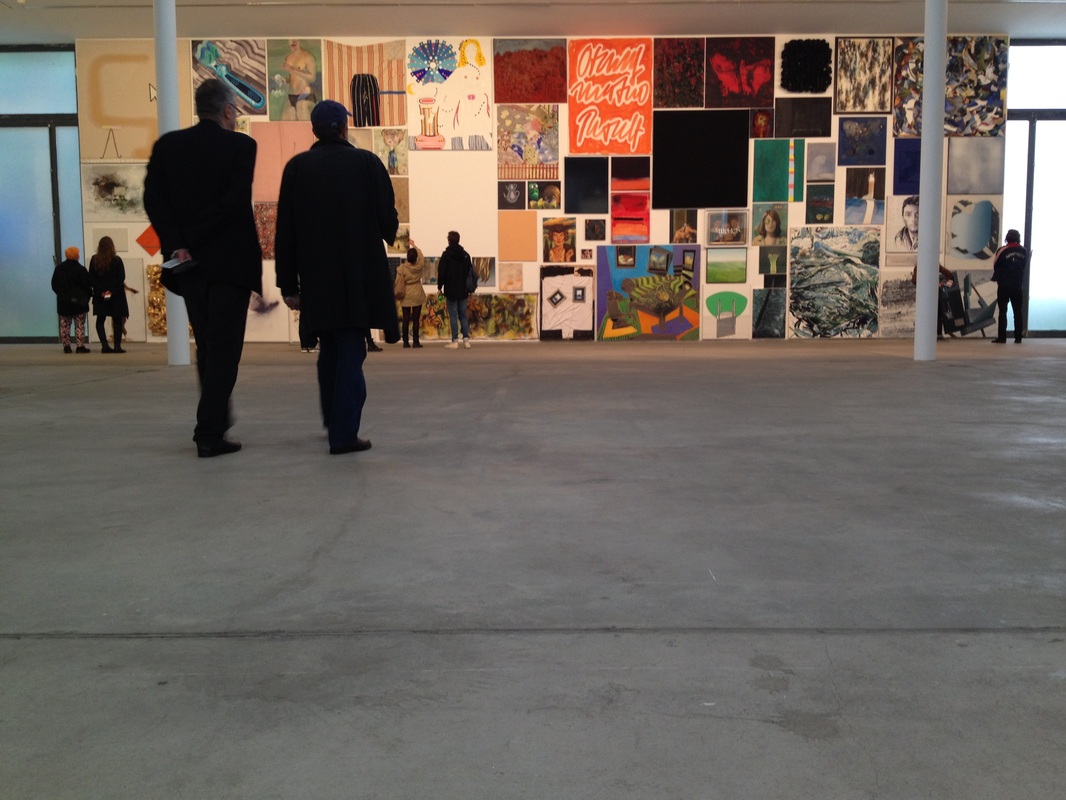
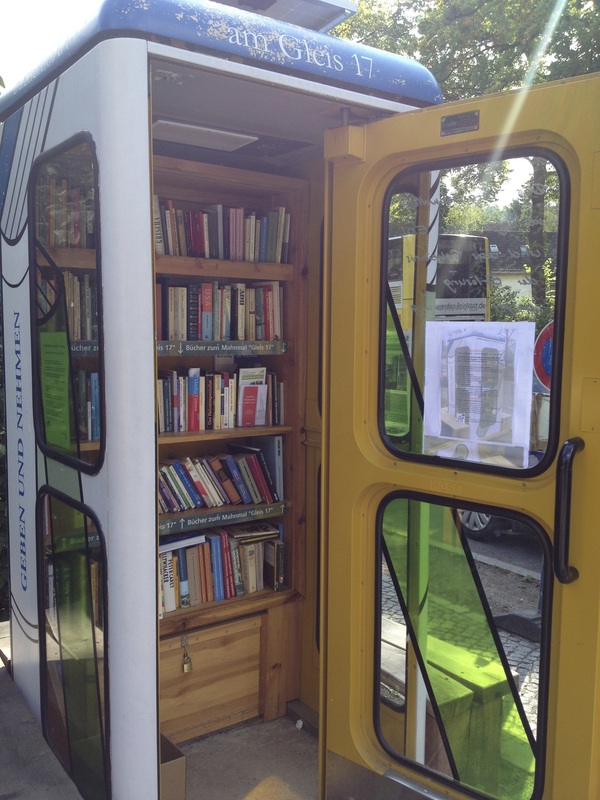
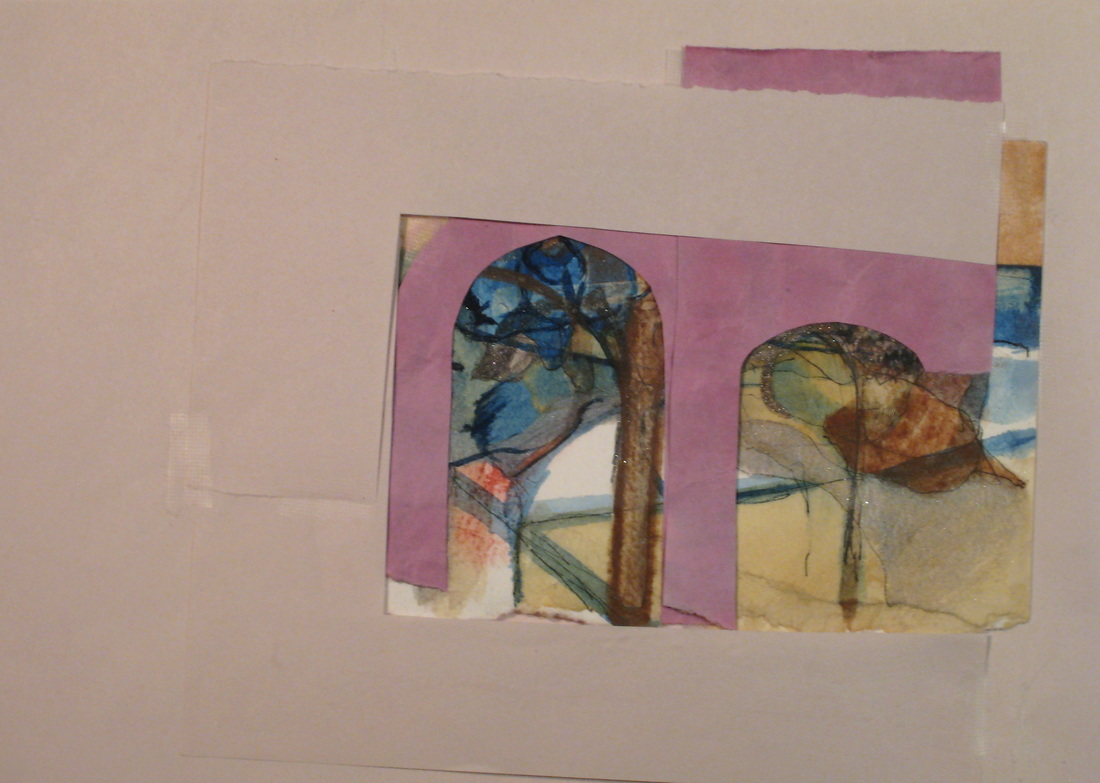
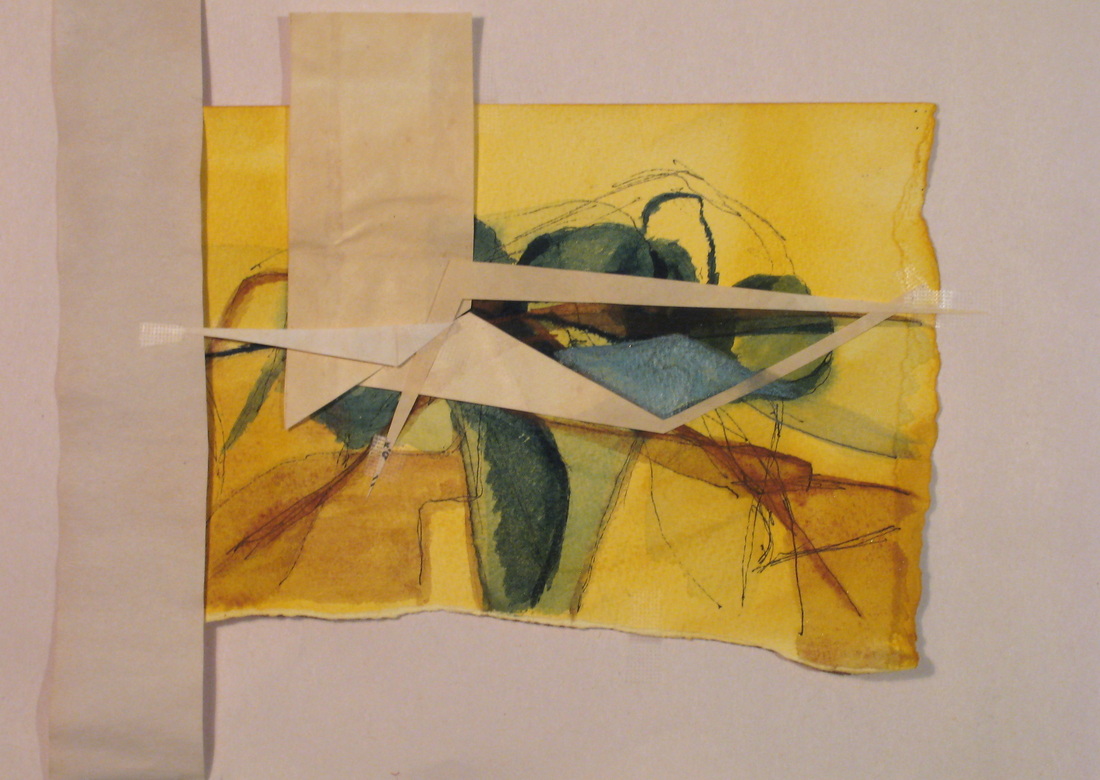
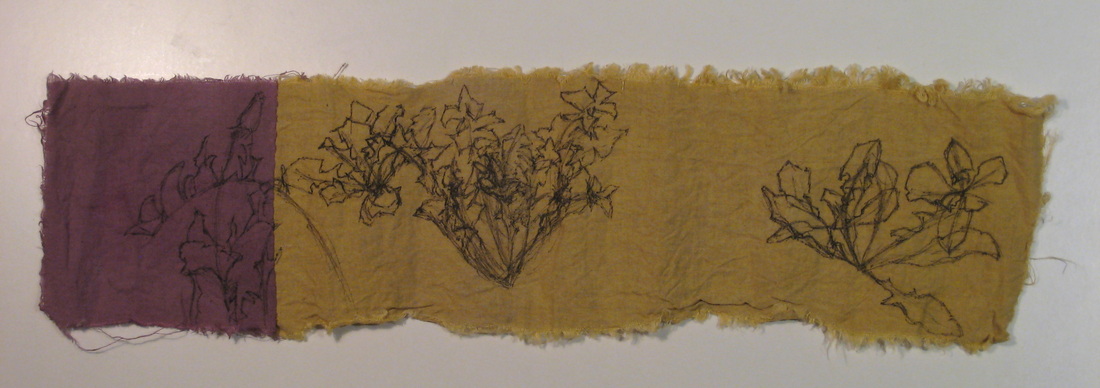
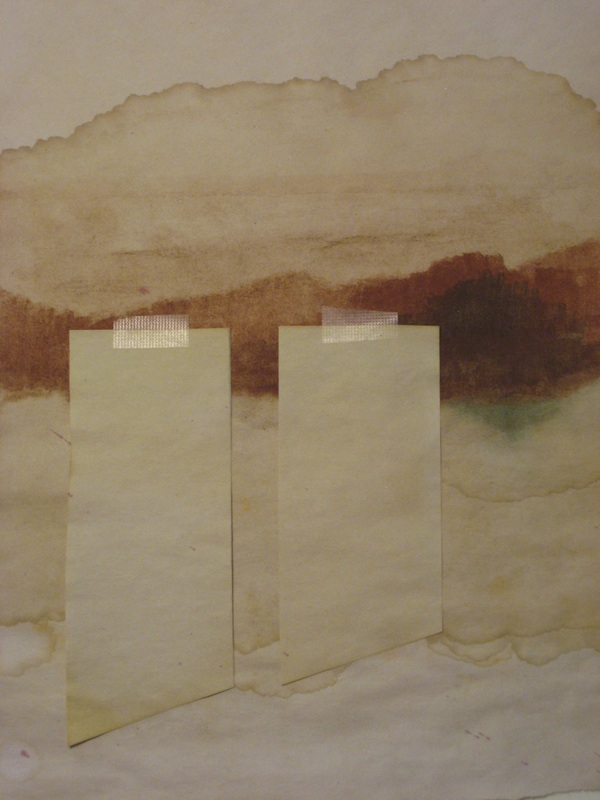
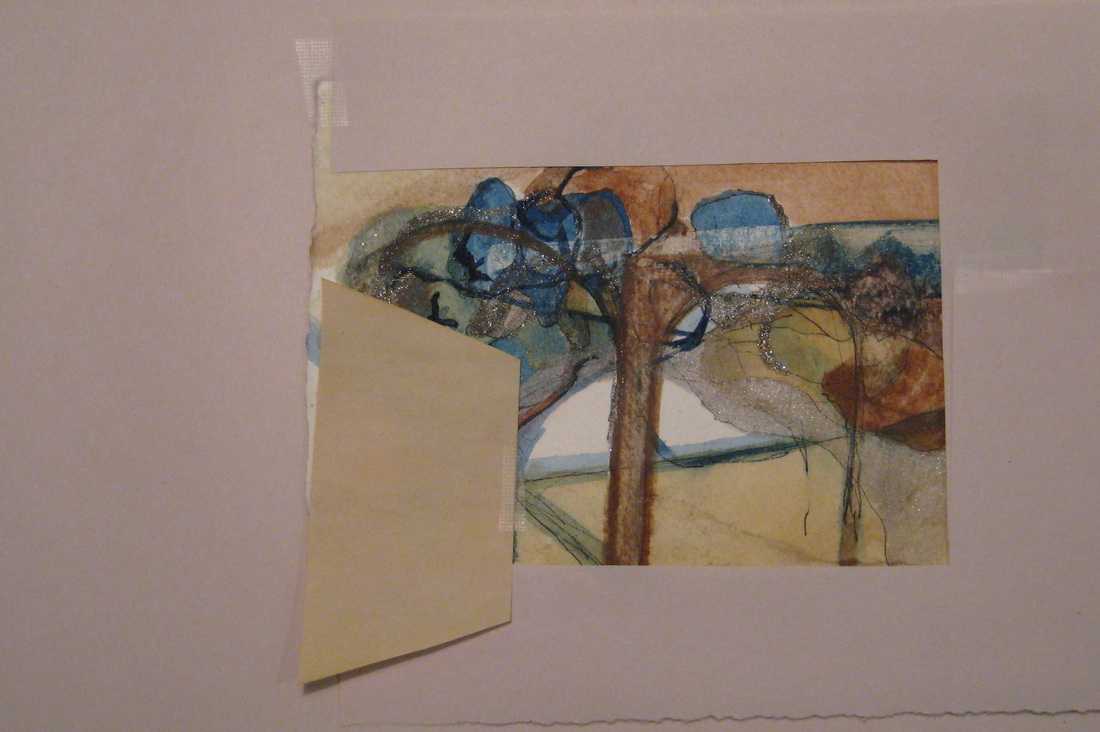
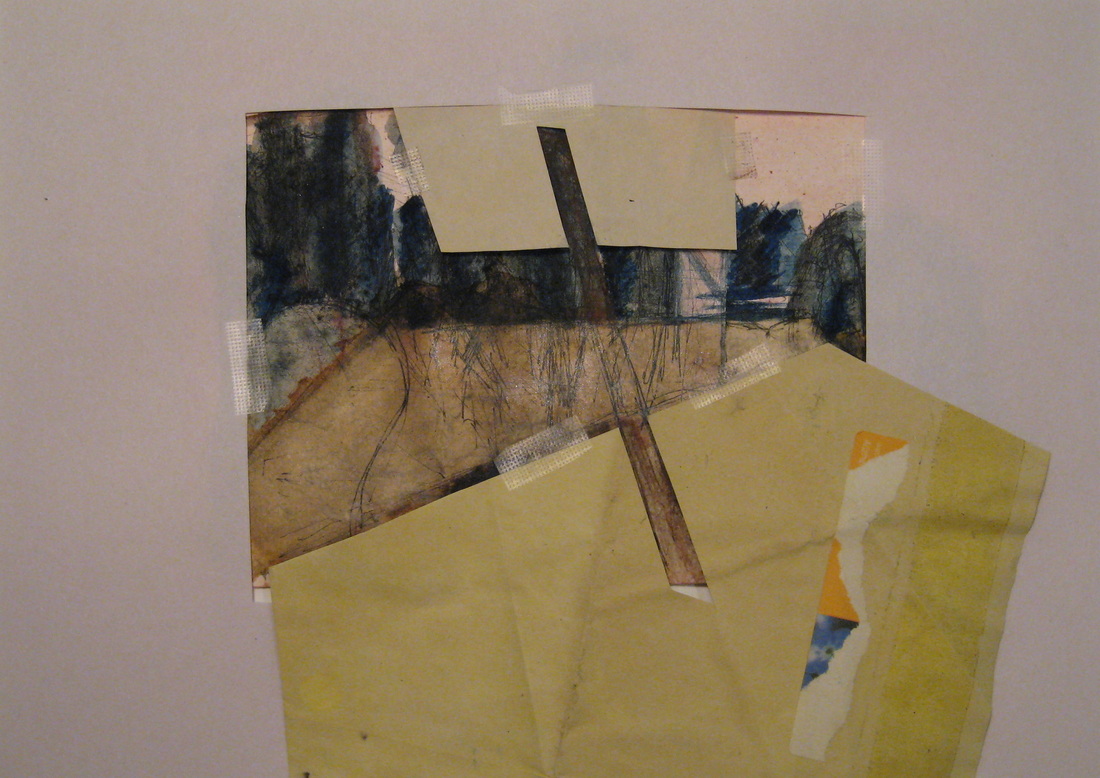
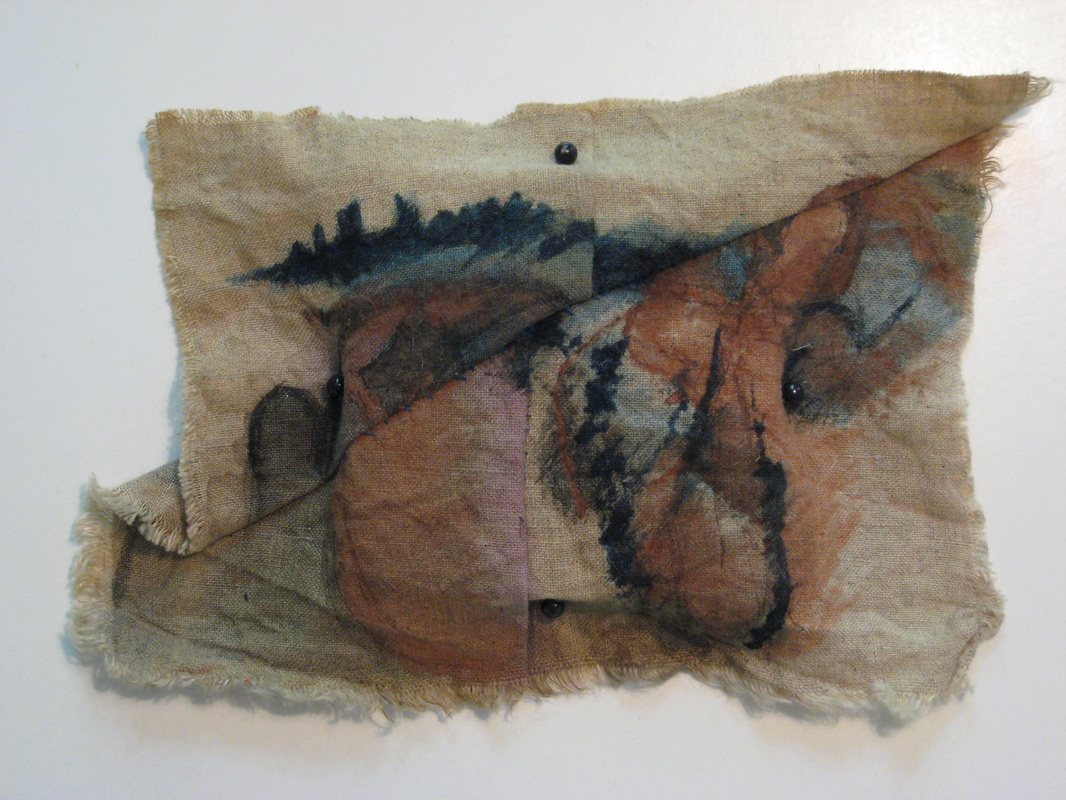
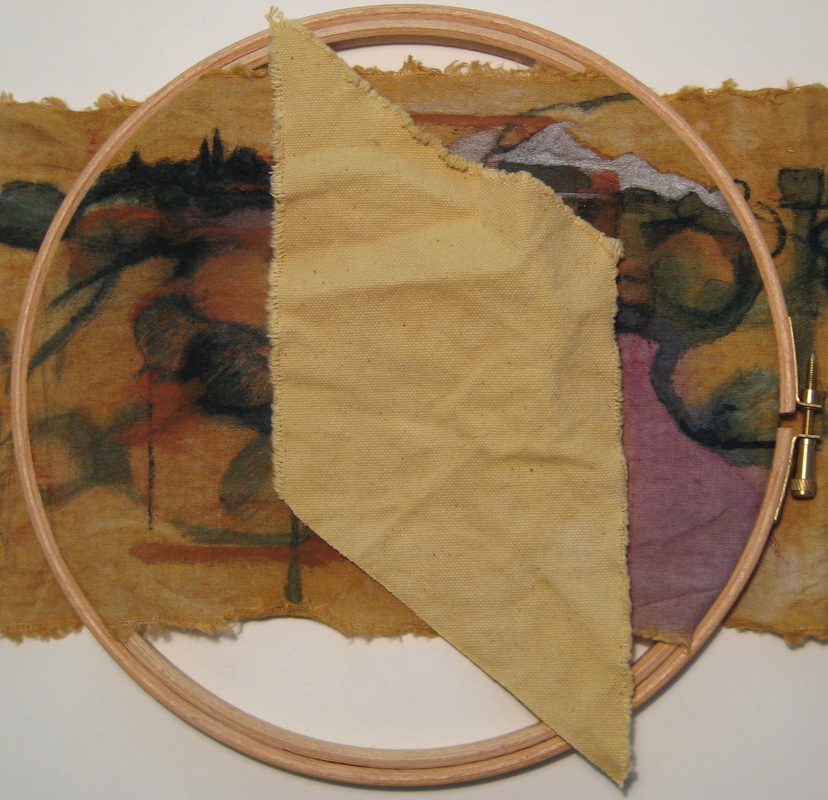
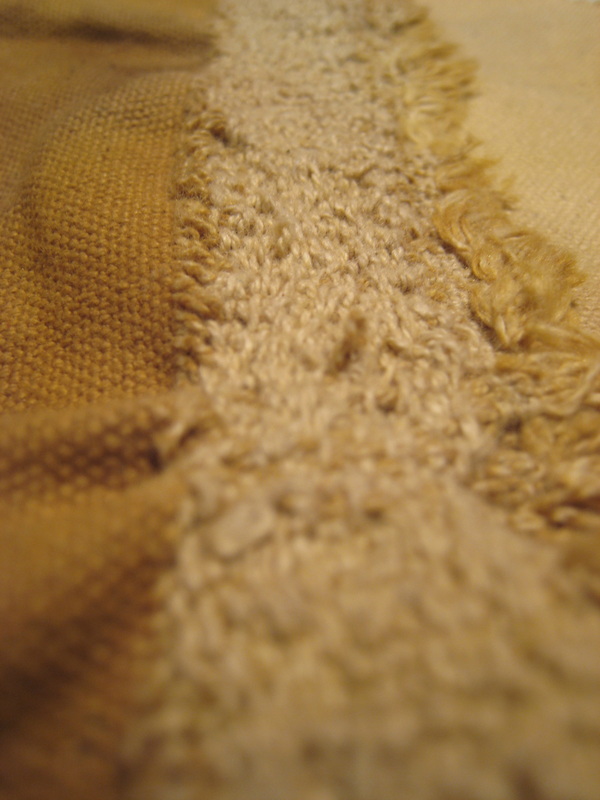

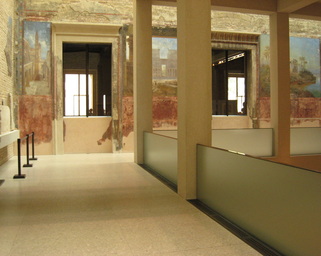
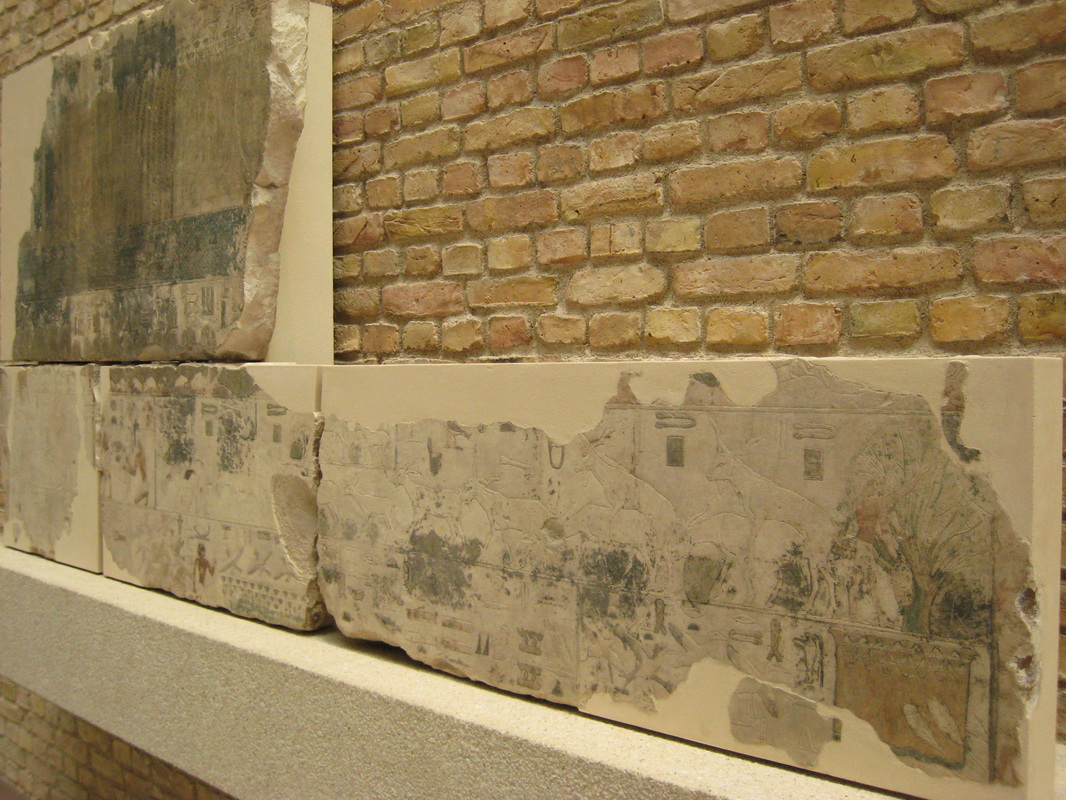
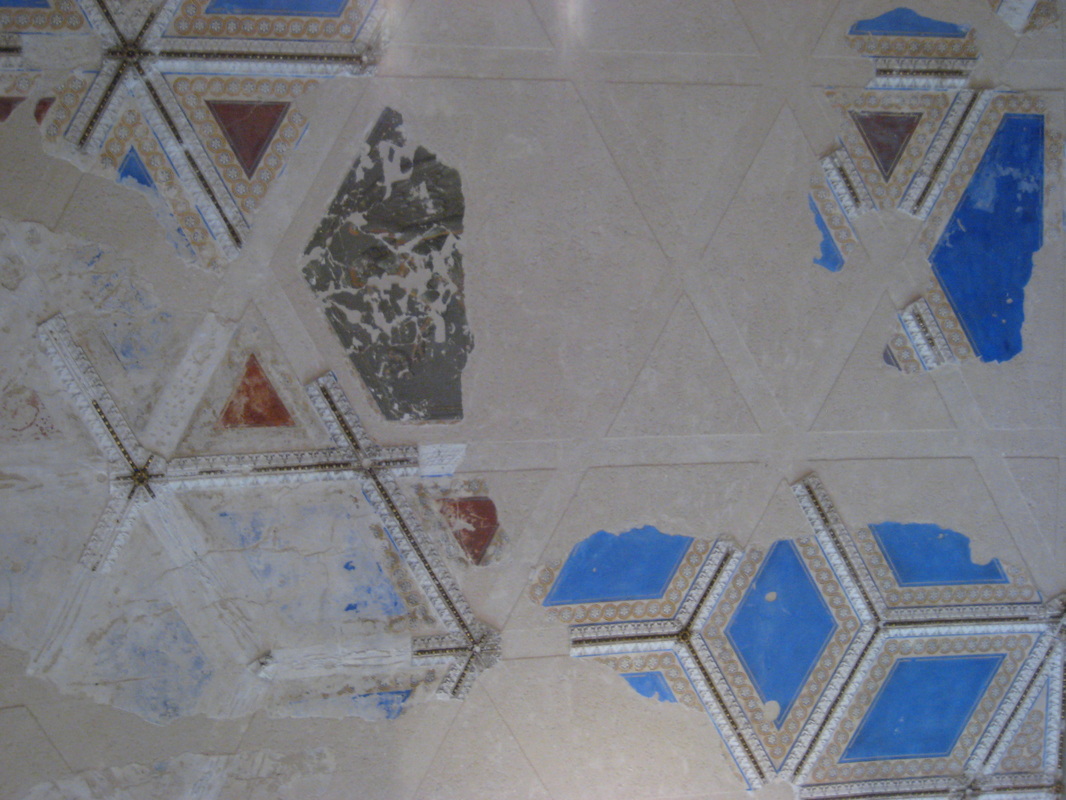
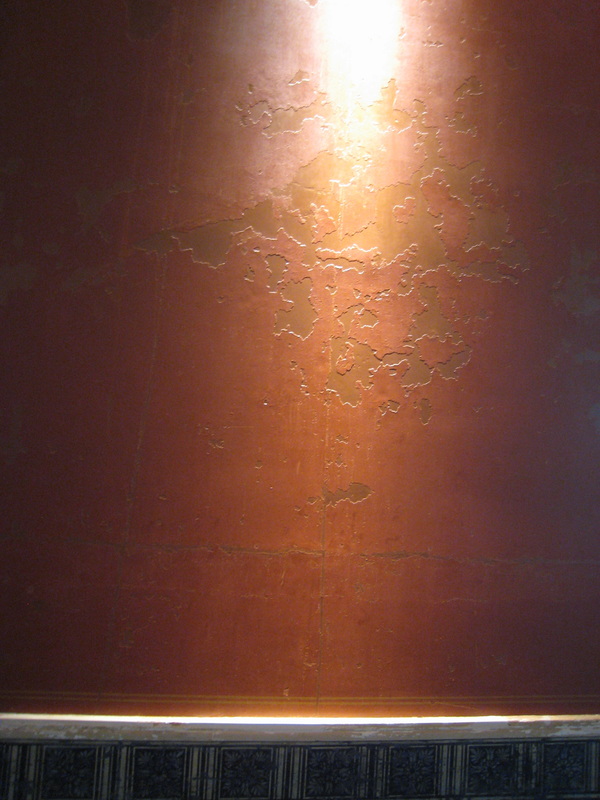
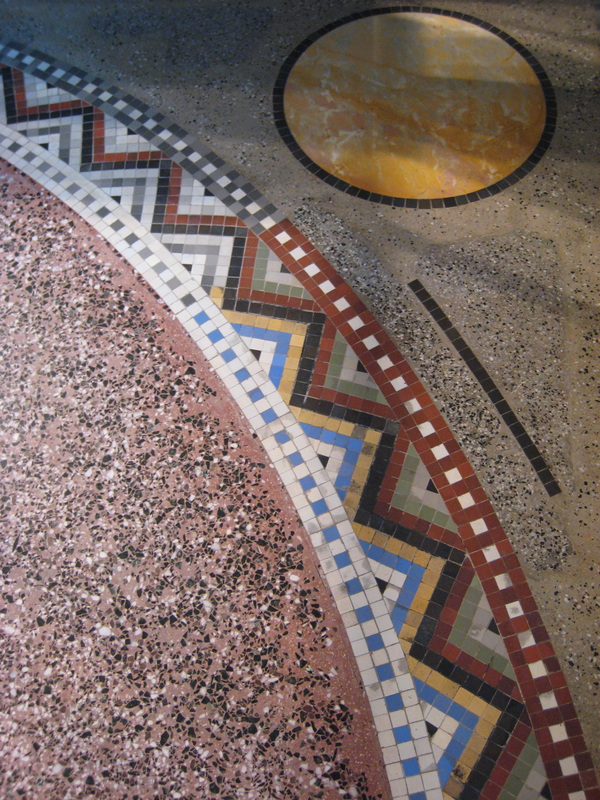
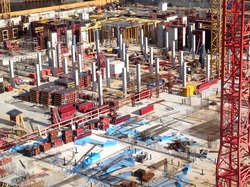
 RSS Feed
RSS Feed
